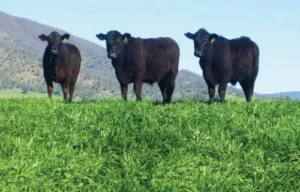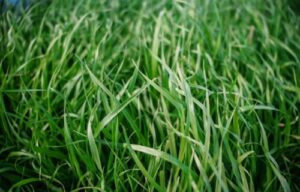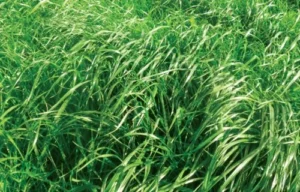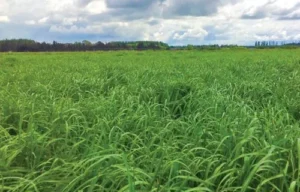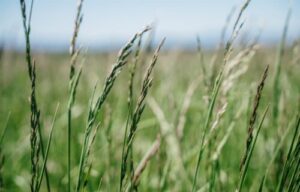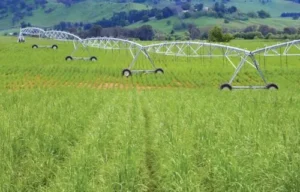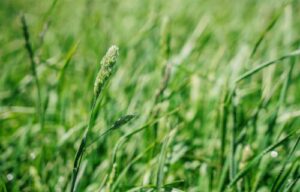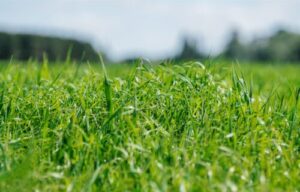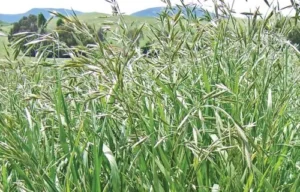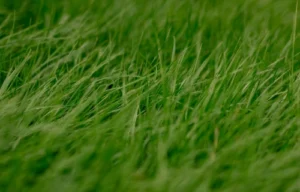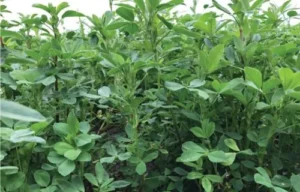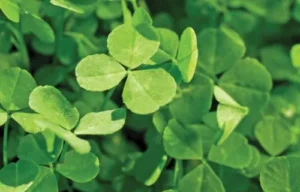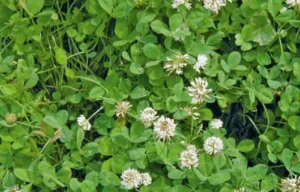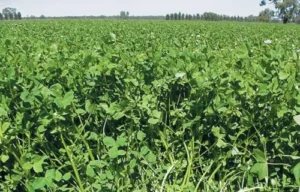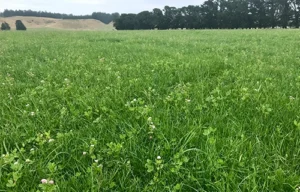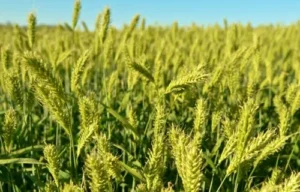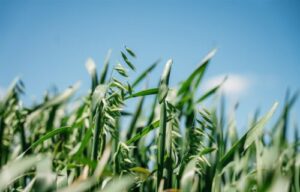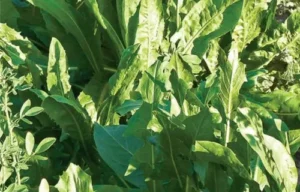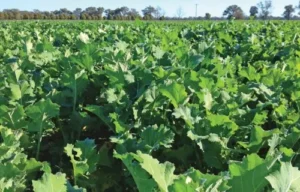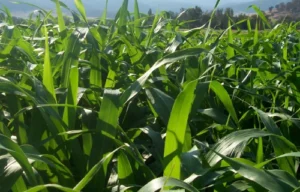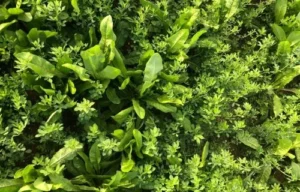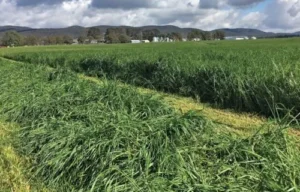Harpoon
Forage Barley
Harpoon is a new awnless forage barley bred to suit grazing and hay production enterprises around Australia. Harpoon produces significant quantities of dry matter (DM) and is later maturing than other forage barley varieties.


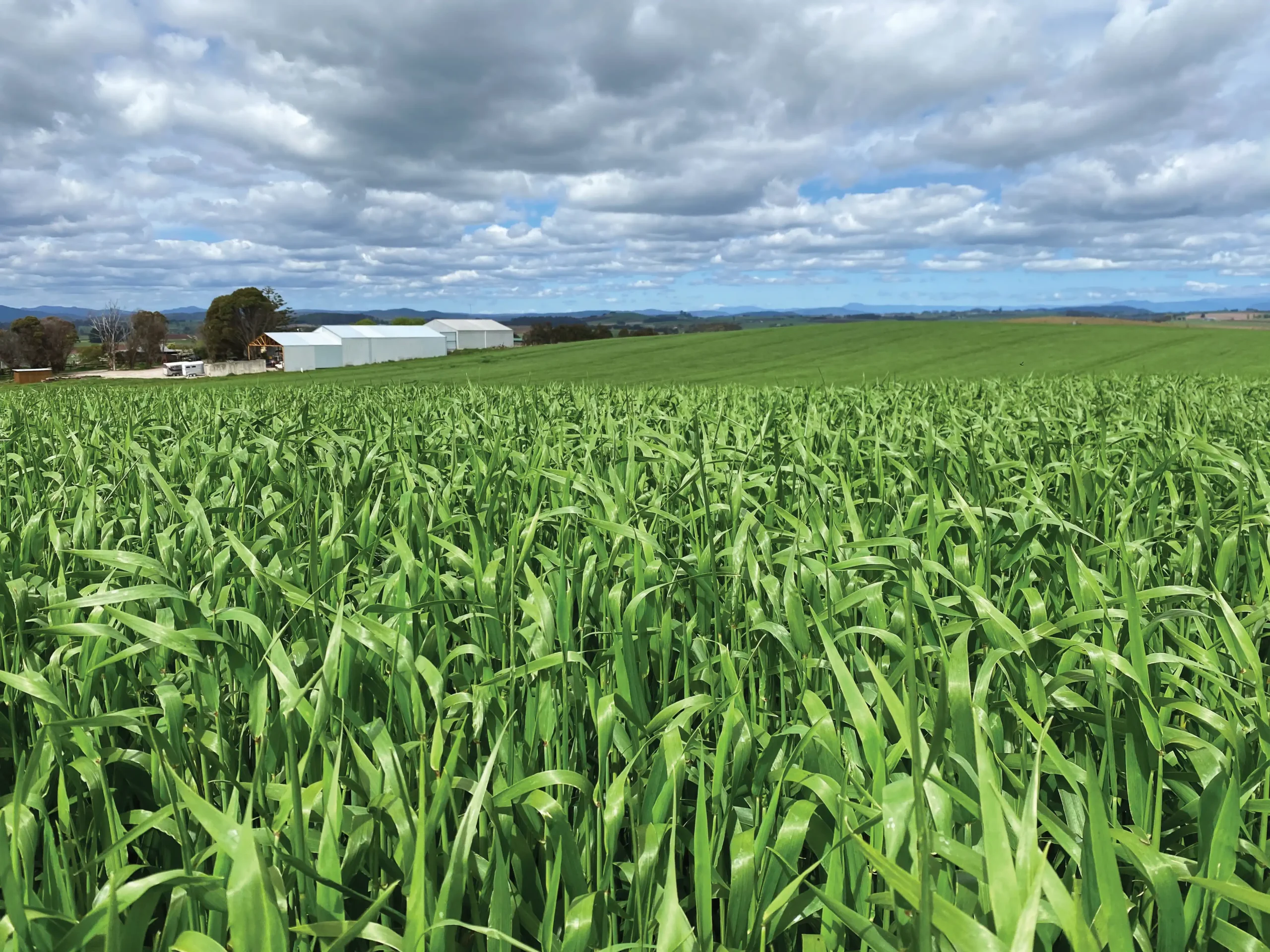
Scientific Name

Hordeum vulgare
Sowing Rate

70 – 90 kg/ha (dryland)
90 – 100 kg/ha (irrigation)
Maturity
Harpoon matures quickly although later than most forage barley types, thus allowing for DM production later into the Spring.
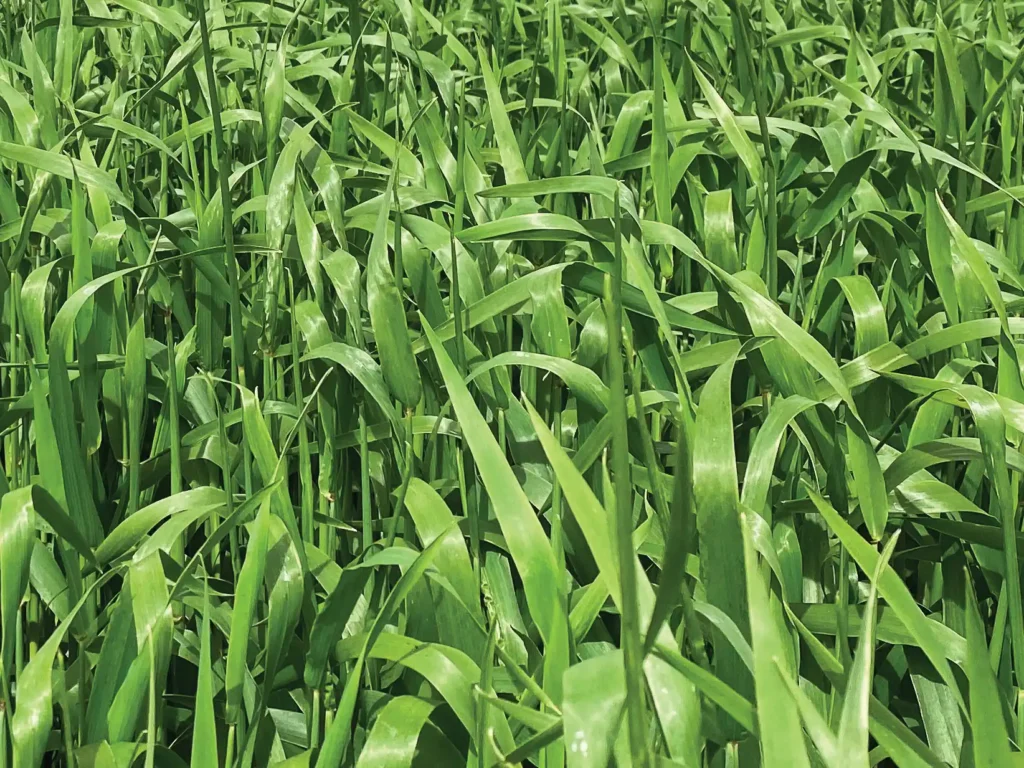
Key Features
Extremely palatable
High-yielding with exceptional winter production
Performs well under stress
Versatile – suited to grazing and hay production
Plant Characteristics
Awnless, fine-stemmed
white-seeded barleyVery evenly maturing 6-row heads
Establishes rapidly, grows vigorously and tolerates multiple grazings
Has very good disease resistance
Where can I grow it?
Adapts to a wide variety of sowing conditions and environments down to approximately 350mm rainfall
Good cold tolerance
Frequently Asked Questions
Soil Type
Harpoon is well adapted to a wide range of fertility levels and soil profiles but performs best in a well-drained soil. While forage barley is not known to be acid-soil tolerant, Harpoon is grown and persists in such conditions. Soil testing is advisable to maximise productivity. Analyse soil and neutralise deficiencies with fertiliser and/or lime.
Fertility
Good base rates of phosphorus are necessary for maximum DM production especially during the establishment phase. DM production is also directly related to nitrogen availability so consult your UMS agronomist or fertiliser advisor for best results.
Sowing
Aim for maximum plant counts to increase productivity. Sow no deeper than 3-4cm at a rate of 70-90kg/ha (dryland) and 90-100kg/ha (irrigation). Harpoon can be both Autumn and Spring sown due in part to its rapid establishment.
Disease and Pest Management
During emergence it is essential to monitor regularly for damage from insects such as RLEM and lucerne flea, and spray as required. Contact your UMS agronomist for spray application rates.
Weed Control
Harpoon is a very competitive seedling and established plant. Ensure adequate sowing rates in your rainfall region to aid Harpoon’s competitive nature. Always use knockdown herbicide to ensure you are sowing into a clean seedbed. Consider using pre-emergent herbicides for effective weed control. Monitor for post-emergent weeds and spray as required.
Grazing
Harpoon is a true dual-purpose crop, bred for both forage production and grazing. When grazing Harpoon do not graze until the plant is well anchored and root depth is established. Carry out a quick in-paddock ‘grab test’ by hand to ensure stock cannot pull plants out of the ground.
Feed Quality
Excellent forage quality and can be sown as a specialist silage crop. Harpoon has phenomenal DM production in 90 days when compared to forage oats, ryegrass or dual-purpose triticale. Harpoon will provide multiple grazings into springtime when well managed, through strip grazing.
Animal Health
To optimise livestock weight gain and health, ensure livestock are vaccinated and drenched. To prevent nutritional problems, make gradual diet changes when introducing hungry stock to lush pastures. Contact an UMS agronomist for more information.

